Three weeks ago, on Sept. 8, a 6.8 magnitude earthquake hit Morocco. The aftermath of the tragedy has been devastating: over 2,900 people have been killed, and the earthquake resulted in the destruction of over 50,000 homes.
While the earthquake struck Morocco as a whole, the geocenter of the earthquake spans beyond the Western imagination for the country and its inhabitants. When we as Americans think of Morocco, we think of Fez and Marrakech — cosmopolitan cities that are stimulated by American tourism and the desire to travel to a “far and exotic” place. While these areas are beautiful and reflect a portion of the country’s history, urban centers are not where the country was hit the hardest.
Outside of the Moroccan coast, the earthquake struck regions of Morocco that are seemingly “untouched” by Westernization. These communities are home to the Amazigh, an indigenous population of Morocco and greater parts of North Africa. In the Atlas Mountains, the Amazigh can trace their lineage and ties to the land to as far back as 10,000 B.C.
The earthquake disproportionately impacted the rural regions of Morocco, including the Rif Region and the Atlas Mountains — two communities with villages that are geographically scattered.
In many of these underdeveloped regions, service – including good hospitals and infrastructure – is lacking, according to Al Jazeera. This is largely tied to the political history of Morocco as the country modernizes. Historically, the Amazigh have been marginalized by the government of Morocco. This is largely due to the policy of “Arabization” that has occurred since the country became independent in 1956. The Amazigh — who are not Arab, and have their own culture, language, traditions and historical background — receive sparse state support.
The earthquake happened weeks ago, but that does not mean that efforts to reach and support the Amazigh have been met. While some efforts have been made to alleviate these rural communities, many of the Amazigh who have spoken to the press feel as if the government does not care about their communities, instead allocating resources and efforts towards metropolitan areas that are wealthier and experience (a lot of) foreign tourism, as NBC News reports.
Furthermore, considering the Moroccan government’s history of relations towards the Amazigh community, it’s likely that these rural communities, who are in the most need of aid, will not be prioritized. In multiple past instances, the requests for basic need and infrastructure have been ignored and sometimes denied.
In the current state of affairs, some teams have been able to reach certain remote villages and disperse aid. These villages are significantly harder to reach, as many of the roads leading up to these remote villages are not government maintained. Many of these dirt roads have been blocked off by the landslides from the earthquakes.
Families from rural communities are still living in plastic tents, which are flimsy and do not provide adequate shelter, as BBC notes. Families are worried about this shelter once the temperatures drop. Away from the coast, where the Atlas Mountains and Rif Regions lay, temperatures can drop below freezing in the winter. These makeshift tents will not be a sustainable or safe solution soon, as officials stated that the housing repairs can take years to rebuild.
While this is a bigger issue that the country is facing on a whole, it is important to understand who is disproportionately affected and marginalized by the crisis. As Americans, we have a desire to provide foreign aid and charity when reading about these instances in the news. So, if you are considering donating, make sure that your resources are directed towards charities or organizations that are working on dispersing resources and aid to the rural communities affected. Prospective donors should consider the Rif Tribes Foundation, a grassroots donation dedicated to supporting the Amazigh of the Rif region. So far, teams have reached the villages of Talgjount, Timlit, Tibit and Igli, dispersing blankets, mattresses, food and hygiene products to survivors of the earthquake. While these measures may seem smaller than providing makeshift shelters, these are the basic necessities that the Amazigh will need to live more comfortably until their homes are rebuilt.


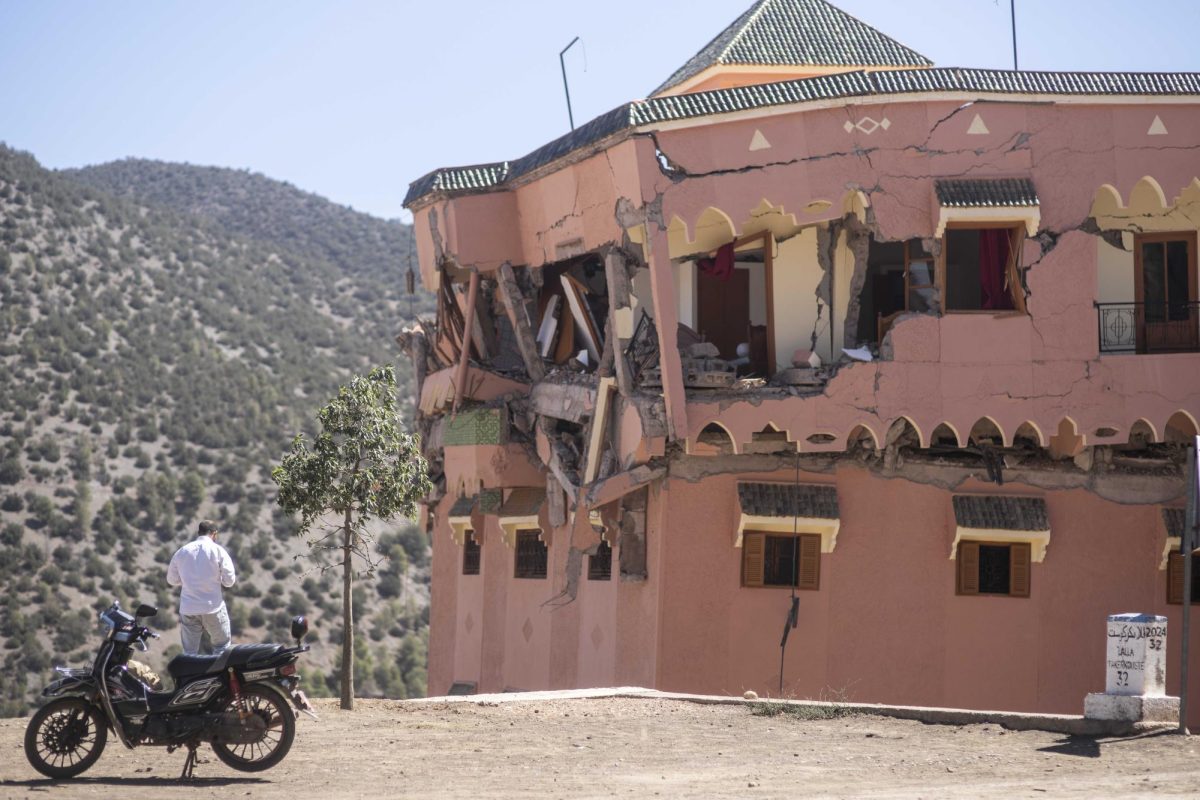
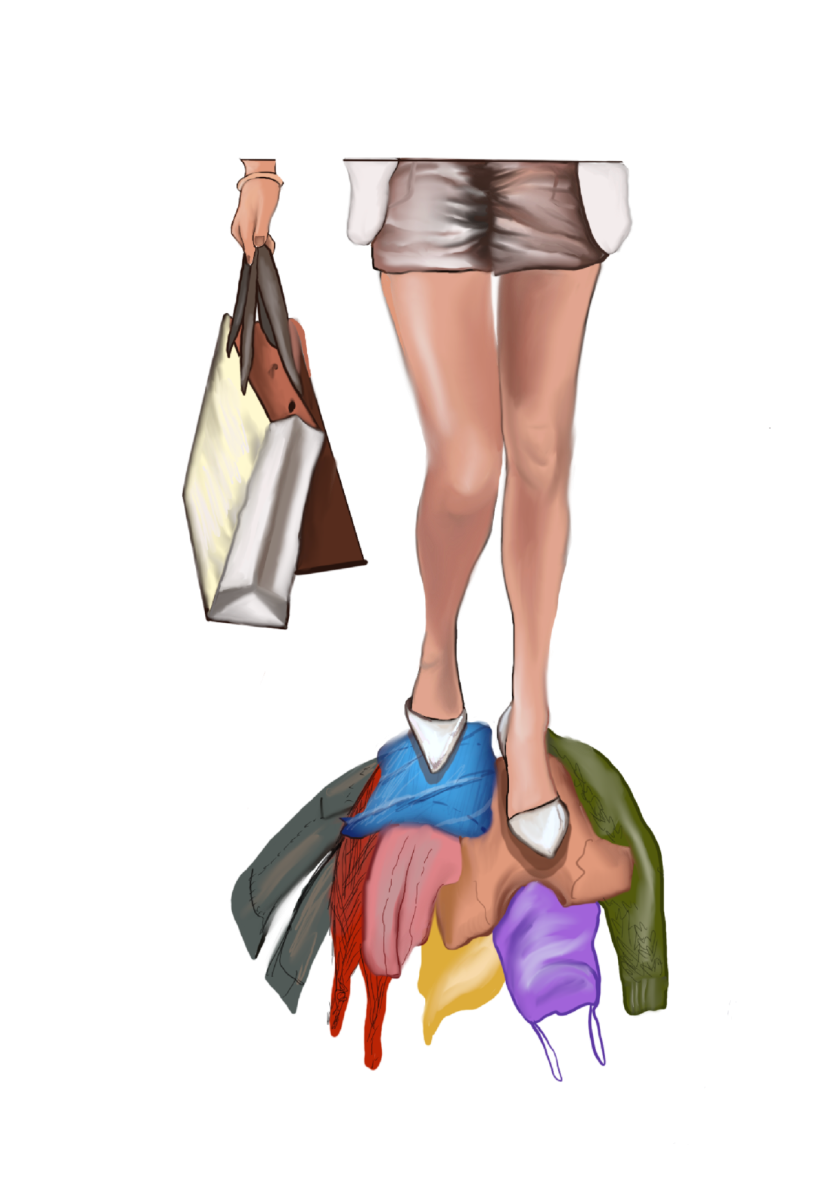


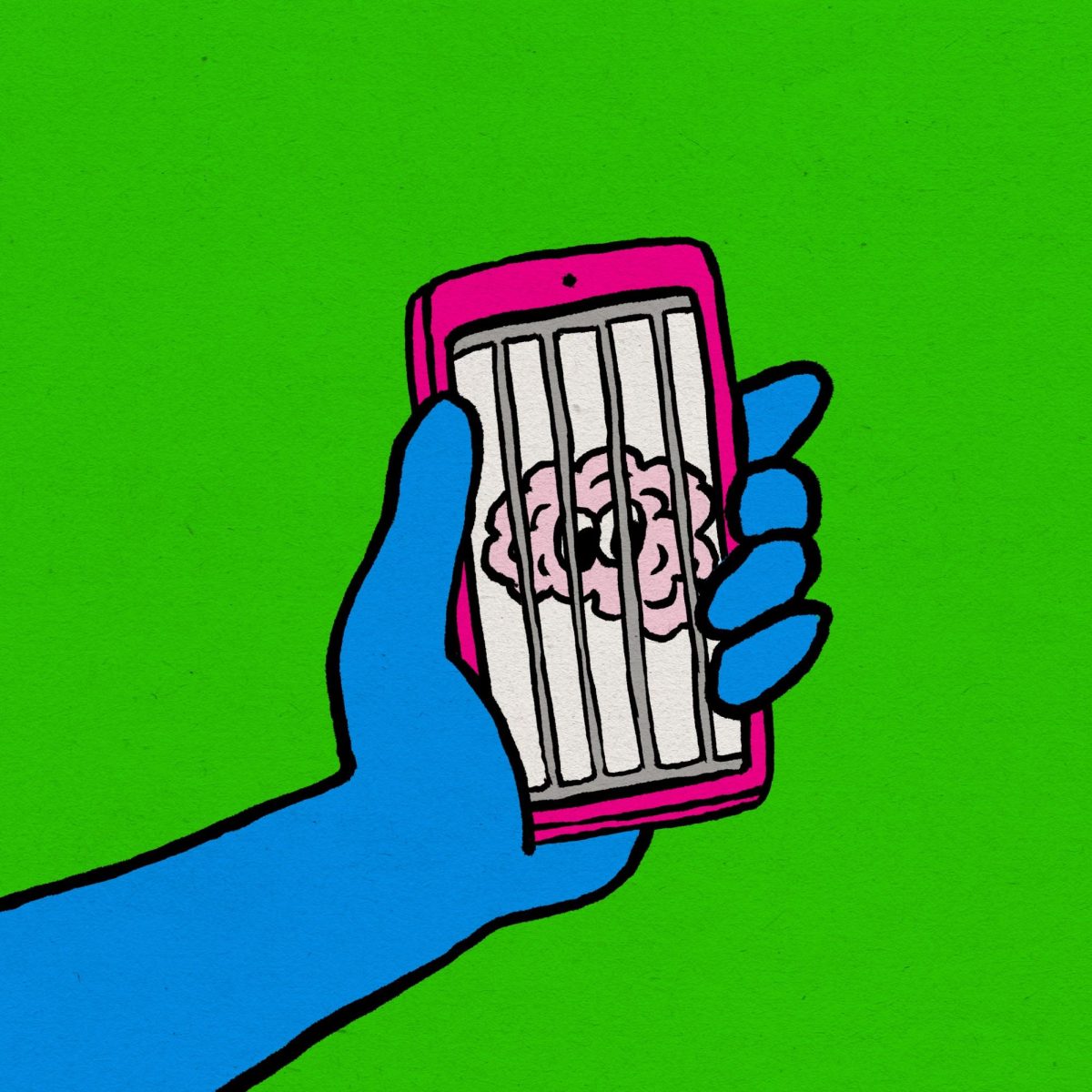


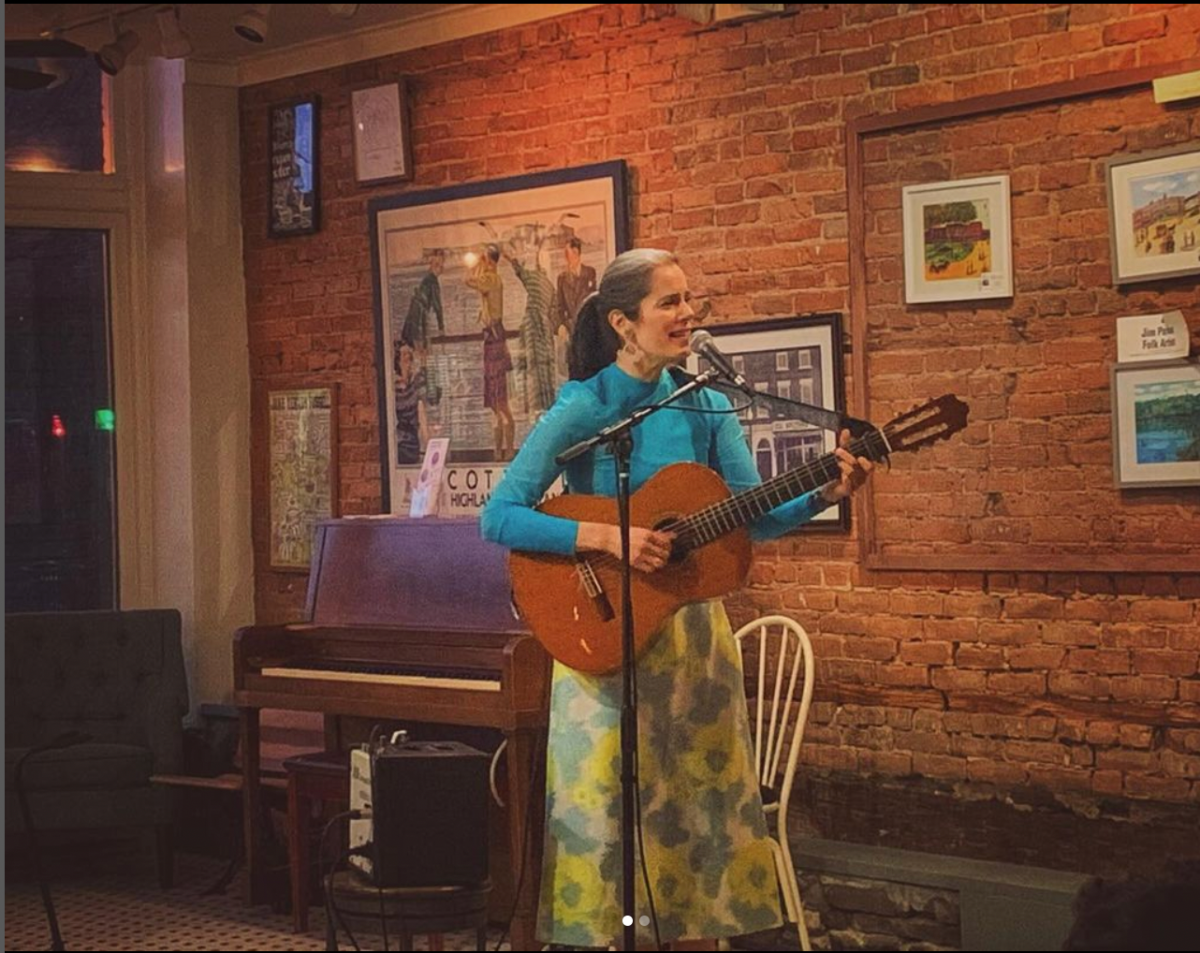
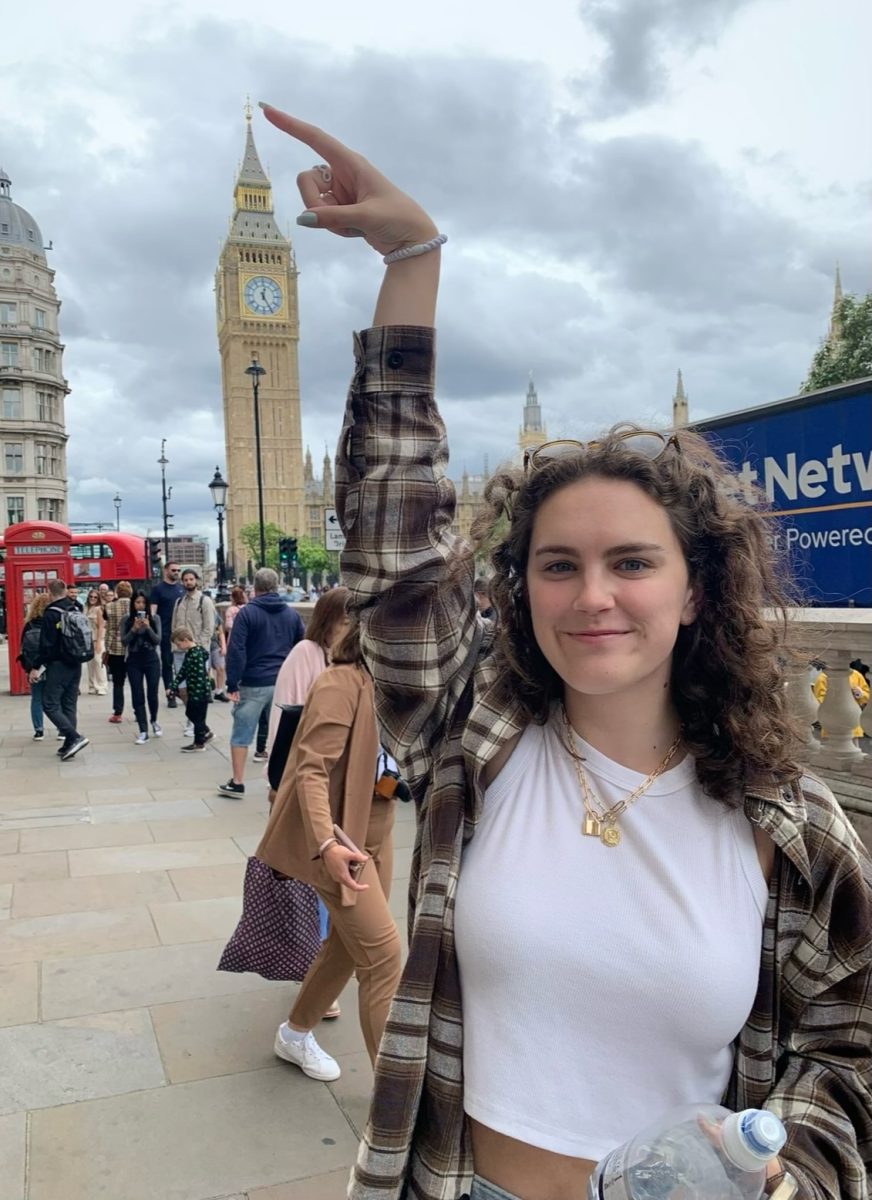
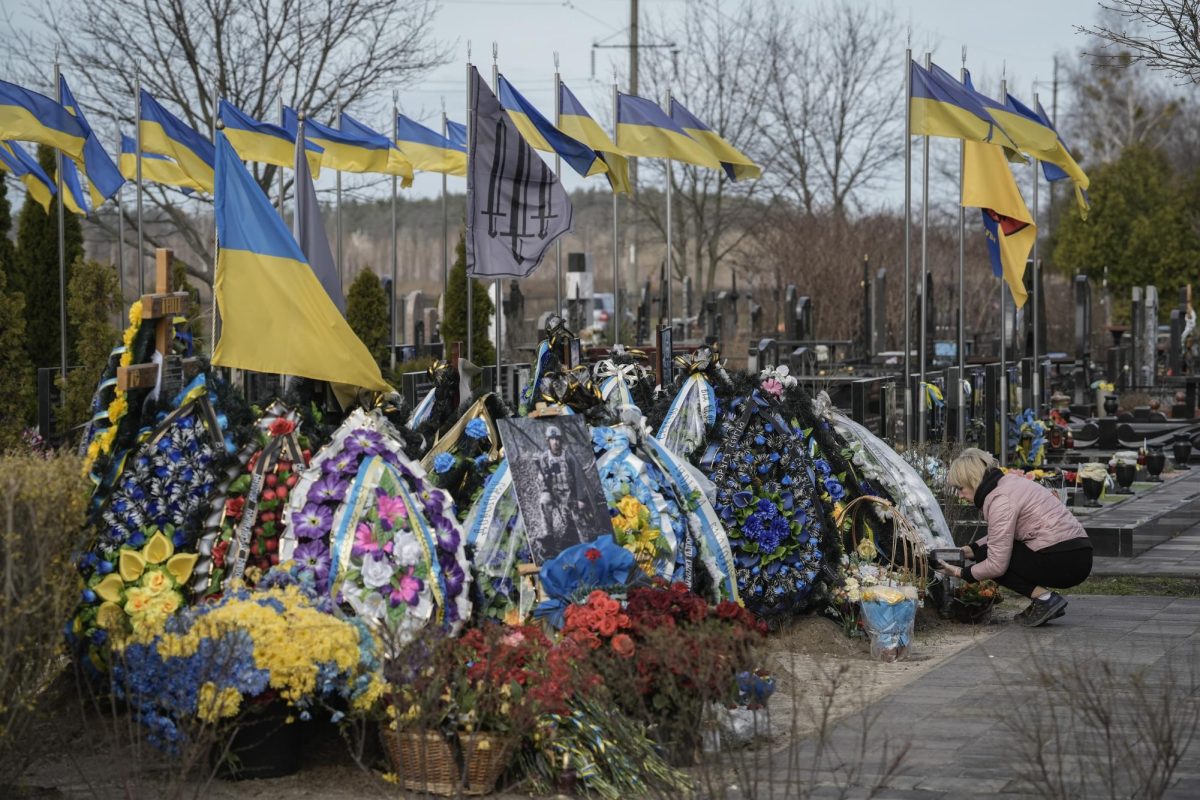

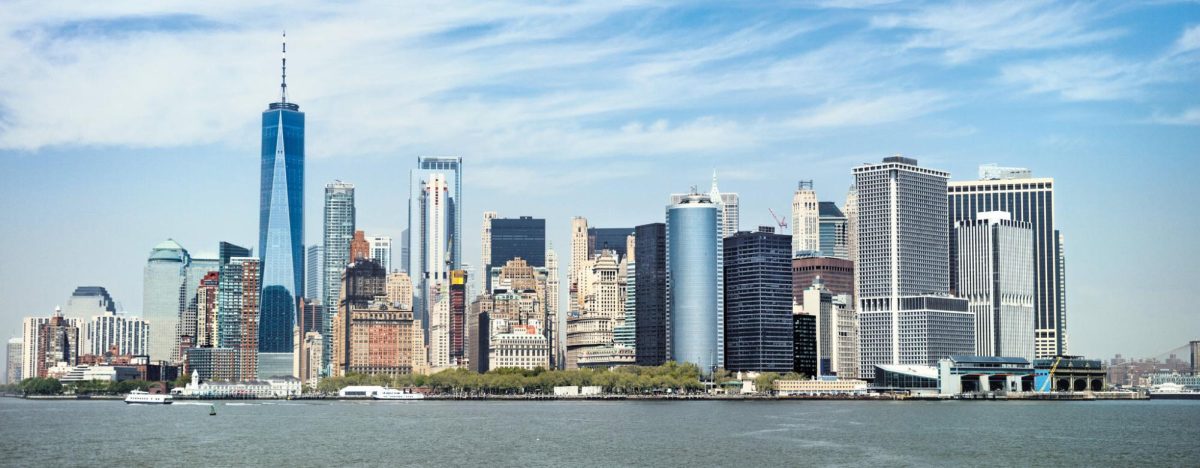

David A Pack • Sep 29, 2023 at 1:20 pm
As a crisis follower, how does a college newspaper come up with information [like about the Amazigh] that the major media does not report? Thank you.